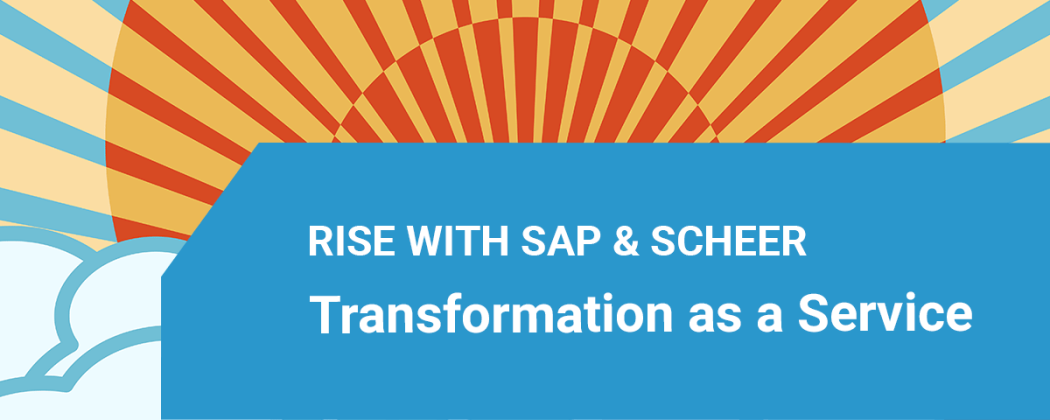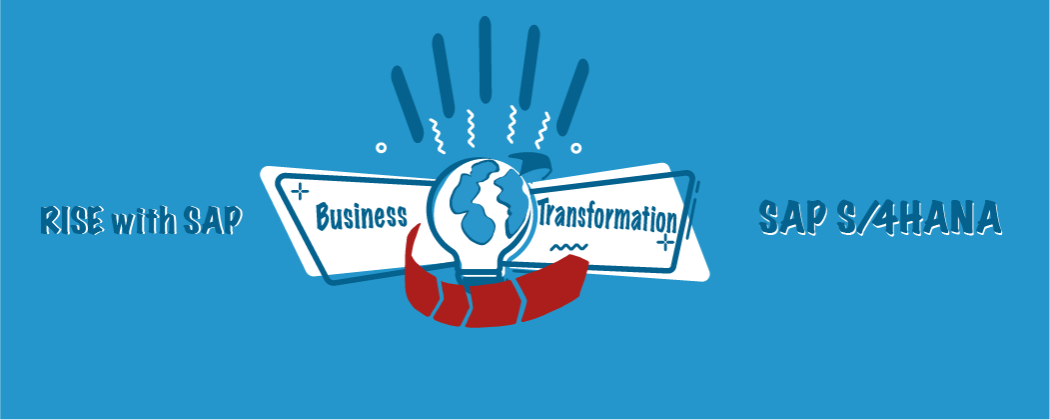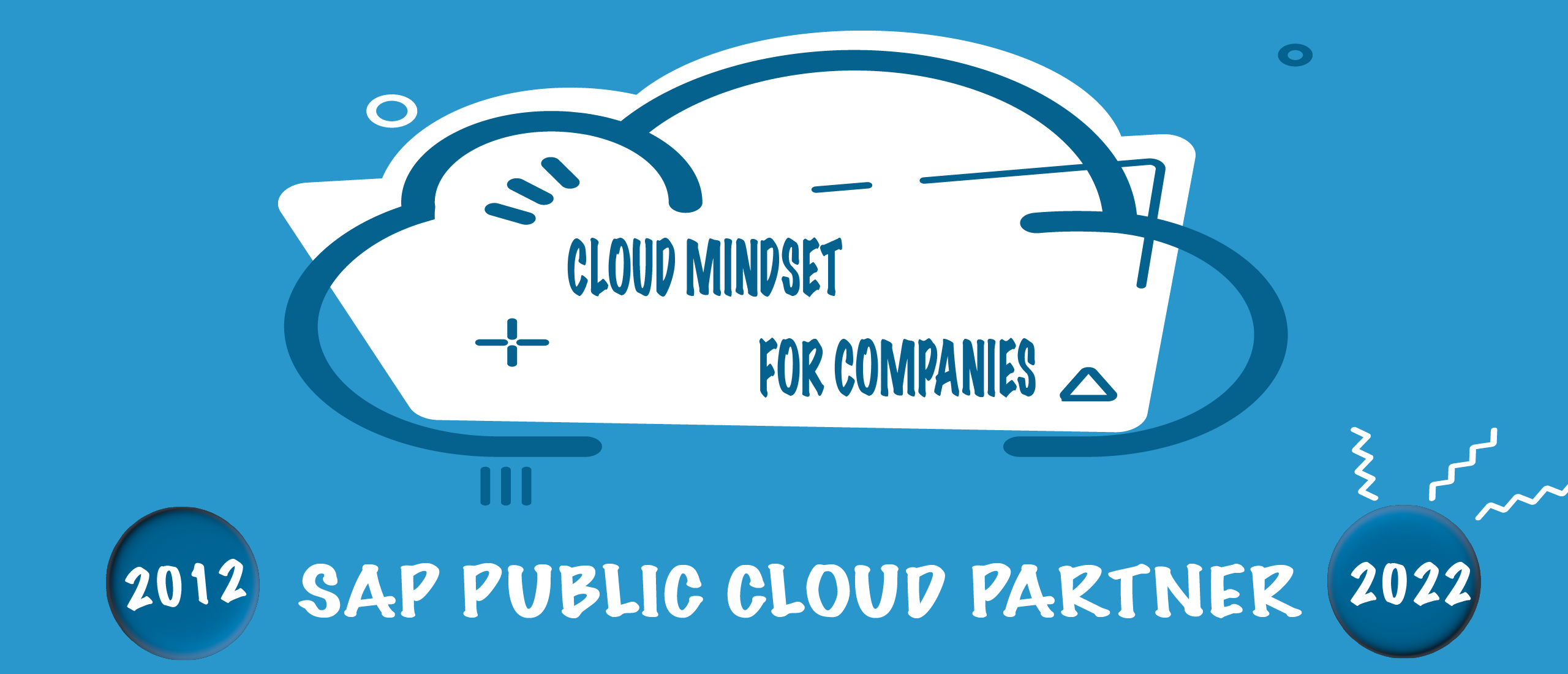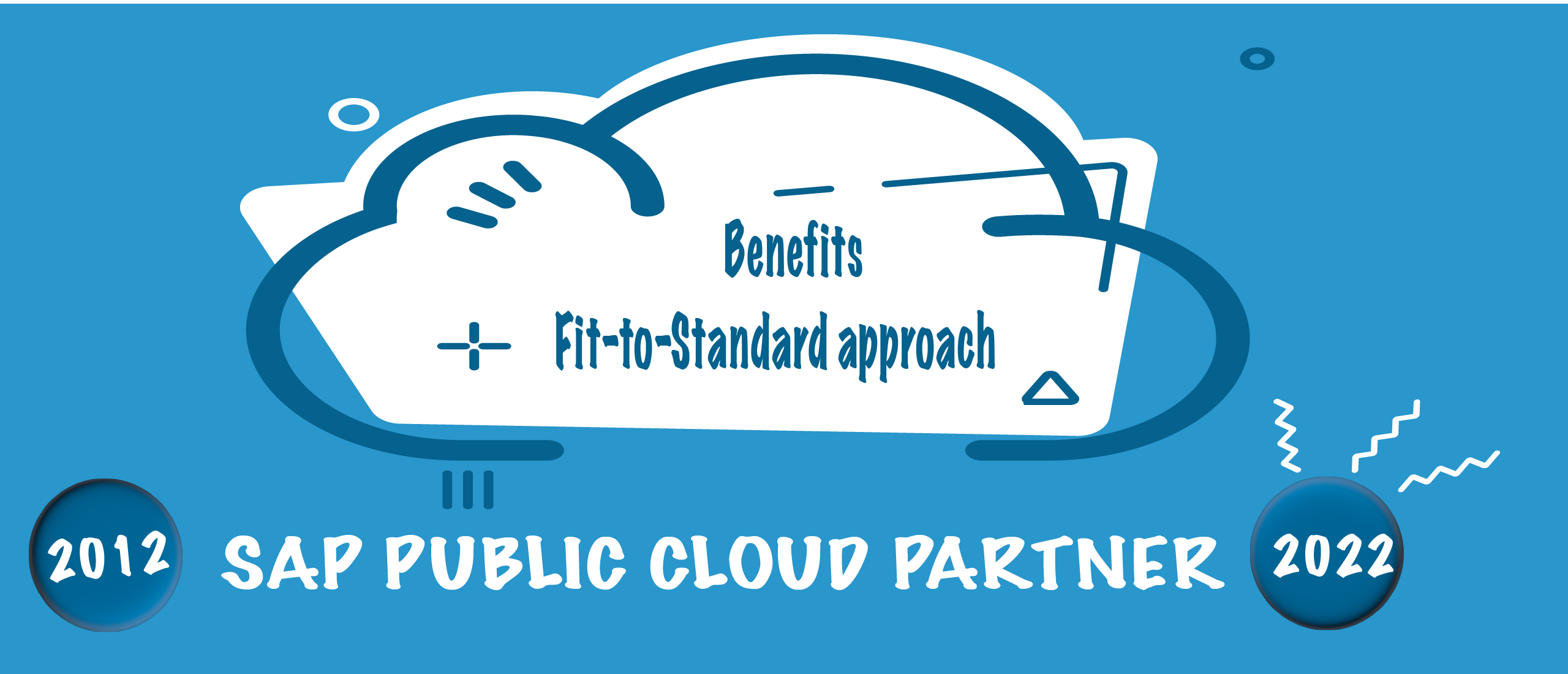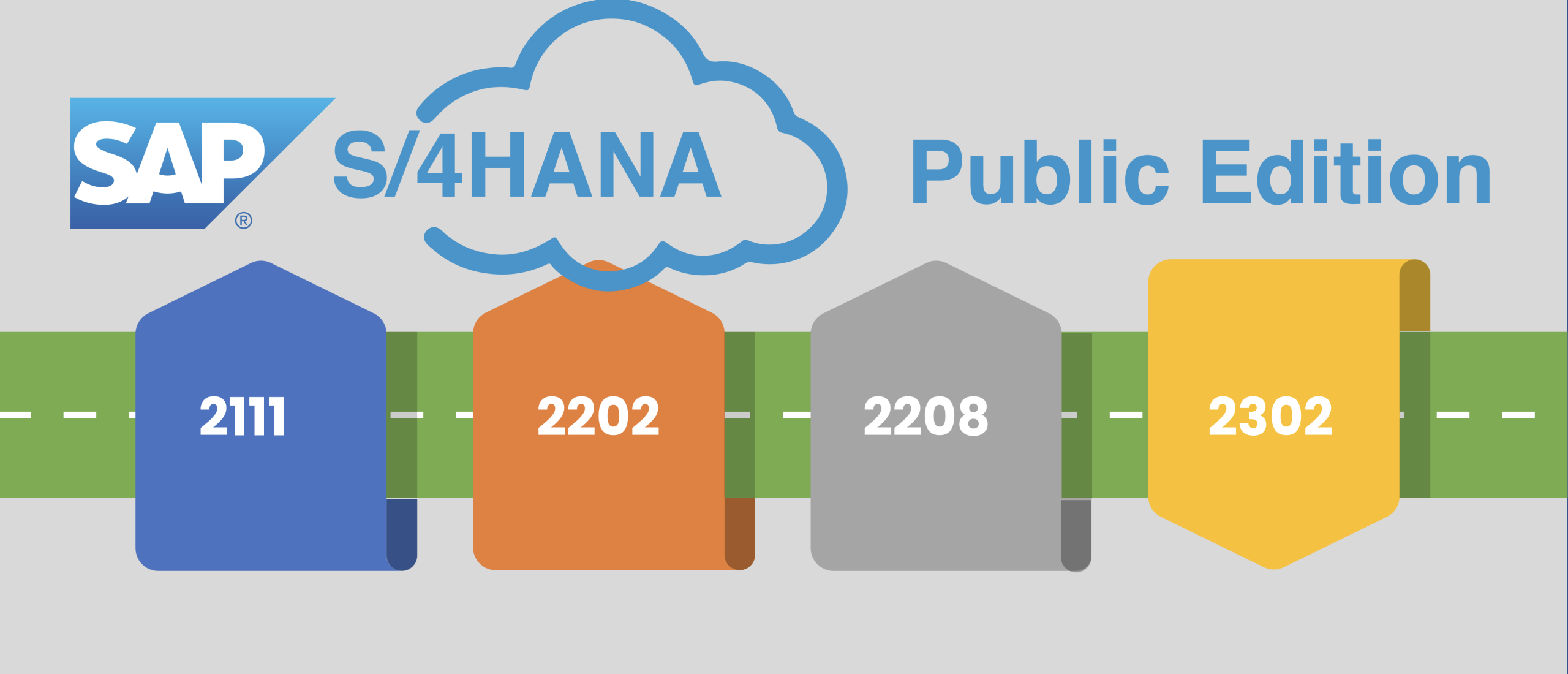
Experiences with SAP S/4HANA Cloud Business Transformations
Interview Ferry Bogaards
Read the Dutch version of this interview here
SAP launched “Rise with SAP” on January 27. A program through which business transformation is offered as a service. A transformation that is aimed to start supporting ERP and other business activities from the Cloud. Scheer Netherlands has been active since 2012 to implement SAP ERP from the Cloud at companies. In 2012 we started with SAP Business ByDesign and, since the introduction in 2017, with SAP S/4HANA Cloud.
In this blog, I am talking to Ferry Bogaards, Managing Partner of Scheer Nederland. Ferry has been most involved in the various SAP Cloud ERP projects. Given that Ferry has an extensive SAP on Premise background, I was curious about the experiences of SAP ERP projects from the Cloud and asked Ferry the following questions:
- What are the experiences of SAP S/4HANA Cloud?
- What should companies consider – and what should they avoid – when implementing S/4HANA Cloud?
- What are the challenges in process optimizations and SAP S/4HANA Cloud?
- What misconceptions exist within SAP S/4HANA Cloud projects?
The goal is to understand the role the SAP Cloud ERP solution will play within companies’ digital transformation.
What are the experiences with SAP S/4HANA Cloud?
I know SAP S/4HANA Cloud from different perspectives:
- As the successor of SAP ECC – Business Suite 7;
- As a Software as a Service, used inside Scheer;
- Scheer promotes SAP S/4HANA Cloud as a critical element to establish a rapid transformation of ERP functionality to the Cloud.
Within Scheer, we started using SAP Cloud ERP with SAP Business ByDesign in 2012. In the summer of 2018, we implemented SAP S/4HANA Cloud with Manufacturing scope within 4 months for Carpet Manufacturer.
In March 2020, with the start of the Covid-19 pandemic, we made SAP S/4HANA Cloud operational for Scheer Netherlands within 3 months and developed a blueprint for the other Scheer organizations.
In the context of Drink your own Champaign, we can now deploy and leverage internal experiences at customer site(s). We follow the developments of SAP S/4HANA Cloud closely and see that each quarter more and more functionality is added.
When comparing SAP Cloud ERP with SAP ERP On-Premise, the following things are different:
- Within SAP Cloud ERP, the system is available to everyone from day 1. Within SAP S/4HANA Cloud is even working with starters system, on which a model company is present. The project team can start working with it immediately, which means that during the design, we can also look directly at the corresponding SAP solution;
- Deployment of a test/quality system next to the production system helps to test updates and innovations quickly and adequately every quarter before they are deployed in the organization. Stay Current is truly a real possibility with this;
- No more dependence on IT for installations and future expansions gives the business much more agility. Even the roll-out in different countries can take place almost entirely without IT support;
What should companies consider – and what should they avoid – when implementing S/4HANA Cloud?
Moving to S/4HANA Cloud offers companies the “once in a lifetime” opportunity to redesign processes and systems. Embrace this opportunity with both hands within the entire organization.
In the past decades (R2 > R3 > SAP ECC), defining customization as part of each SAP ERP project was the default. Now is the time to think carefully about process optimizations in advance, look at simplifications and reduce individual customizations to the so-called SAP Standard Best Practices. The SAP Best Practices is a result of over 40 years of SAP experience. There must be something extraordinary going on within an organization when you can not deploy these Best Practices to support internal processes!
Acceptance of these standards remains an important point of attention. In our approach we therefore start with thorough interactive workshops to perform a preliminary study, to go through the specific requirements together with the process and business experts, in order to then be able to apply the Fit-to-Standard. Such transformations are always associated with internal “pain”. Therefore, it is essential to integrate the “change management” process into the overall project from the beginning and ensure interactive involvement of all stakeholders.
What are the challenges in process optimization and S/4HANA Cloud?
Process optimization offers the opportunity to say goodbye to sticky old habits and better respond to the current – or new – customer/market requirements. To optimize and further automate the necessary end-to-end processes, refined coordination between Business and IT is needed to ensure the proper deployment of the required SAP components in the entire end-to-end process. Think of features such as Single-Sign-On, integrations between systems, APIs, integration with MS Office, and Import-Export facilities.
We often see an challenge in the large, international operating companies with more complex processes that run across different divisions. Think of Central Finance. A significant advantage of the SAP-Standard Best Practices is the coverage of governance and compliance requirements.
Within Scheer Netherlands, our consultants have a broad and profound process and industry knowledge, combined with the appropriate SAP product knowledge. We deliberately choose not to specialize within modules but rather to have knowledge, insight, and experience in complete end-to-end processes. Our projects focus on the end-to-end business processes and not mainly on the latest features of the latest release. Besides, we don’t stop where SAP stops, but we only stop thinking about the applications where the process ends.
What role do Cloud ERP Solutions play within the digital transformation of companies?
From Scheer, we guide companies with their digital transformation towards the Cloud. Such a shift includes Private, Public as well as the combination with SAP on Azure environments. Especially for companies with a strong growth path, the move to Cloud ERP offers a lot of potential in the sizing of the solution, which ensures scalability for later expansions.
Extensions in existing – mostly SAP ECC environments – involve significantly more deployment, cost, and time than a standalone SAP Cloud ERP solution for a specific (business) component. Companies are also going to develop a broader Cloud-Mindset or even a Cloud-Native-Strategy as a result so that their future developments will better match the growing offer of Cloud solutions.
Companies’ significant advantage is the actual “outsourcing” of specific support tasks through Cloud services deployment. It is now offered as a service and is available immediately and to everyone. Far fewer – sometimes no – internal specialists are needed for the IT peripheral parts. External support is readily available 24×7. Internally, everyone can start working with the solution from day one.
The speed of action has increased significantly with SAP Cloud ERP. Transformation projects where a division is fully up-and-running within 3 months are certainly no exception for us.
What misconceptions do you observe in S/4HANA Cloud projects?
Misconceptions can be related to the speed of implementation and the scope of the initial implementation.
The move to SAP S/4HANA Cloud offers an excellent opportunity to redesign operations. The danger is overloaded projects, with too many topics in too short a time. Often, people overestimate what their own company can achieve with its existing capabilities within a limited time.
But we also see the other “extreme” where there is a need to switch to the new application as quickly as possible, without taking advantage of the additional opportunities that arise. Such an approach happens when a transformation project is purely IT-driven, and the focus is to move transactions to the SAP Cloud solution. It is undoubtedly essential to see that the SAP Cloud solution offers much more and how the Intelligent functions, focusing on analytics, reporting, and forecasting, can be used. Also, Machine Learning and Artificial Intelligence are going to provide further automation. In short – with SAP S/4HANA Cloud, you as a company have an Intelligent Suite that is ultimately data and task-driven. With the right setup, this ensures simplicity in implementation and broad acceptance from the departments involved.
Do you want to start your options with SAP S/4HANA Cloud?
Scheer invites you to look together at the possibilities of deploying SAP S/4HANA Cloud within your organization. Think of the deployment for a new business opportunity or as a replacement of an ERP system. From Scheer, we like to share our experiences.
Additional information about the deployment of SAP S/4HANA Cloud:
- SAP S/4HANA Webinar Specials | Agenda 2021 | Replays 2020-2019-2018
- SAP S/4HANA Cloud Best Practices
- SAP S/4HANA Cloud Manufacturing Package
Please contact Ferry Bogaards or Josien van der Burg directly to get additional information.


